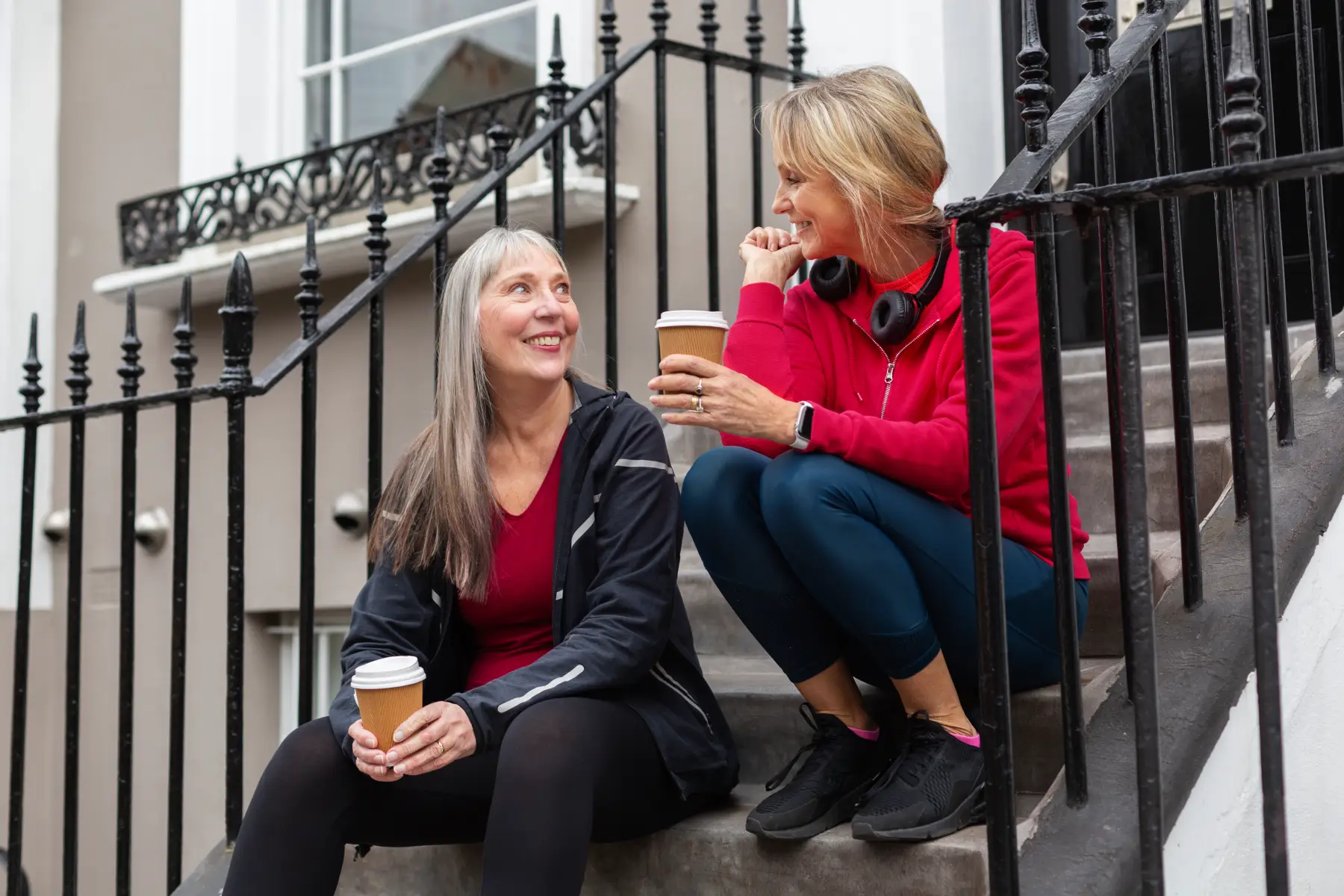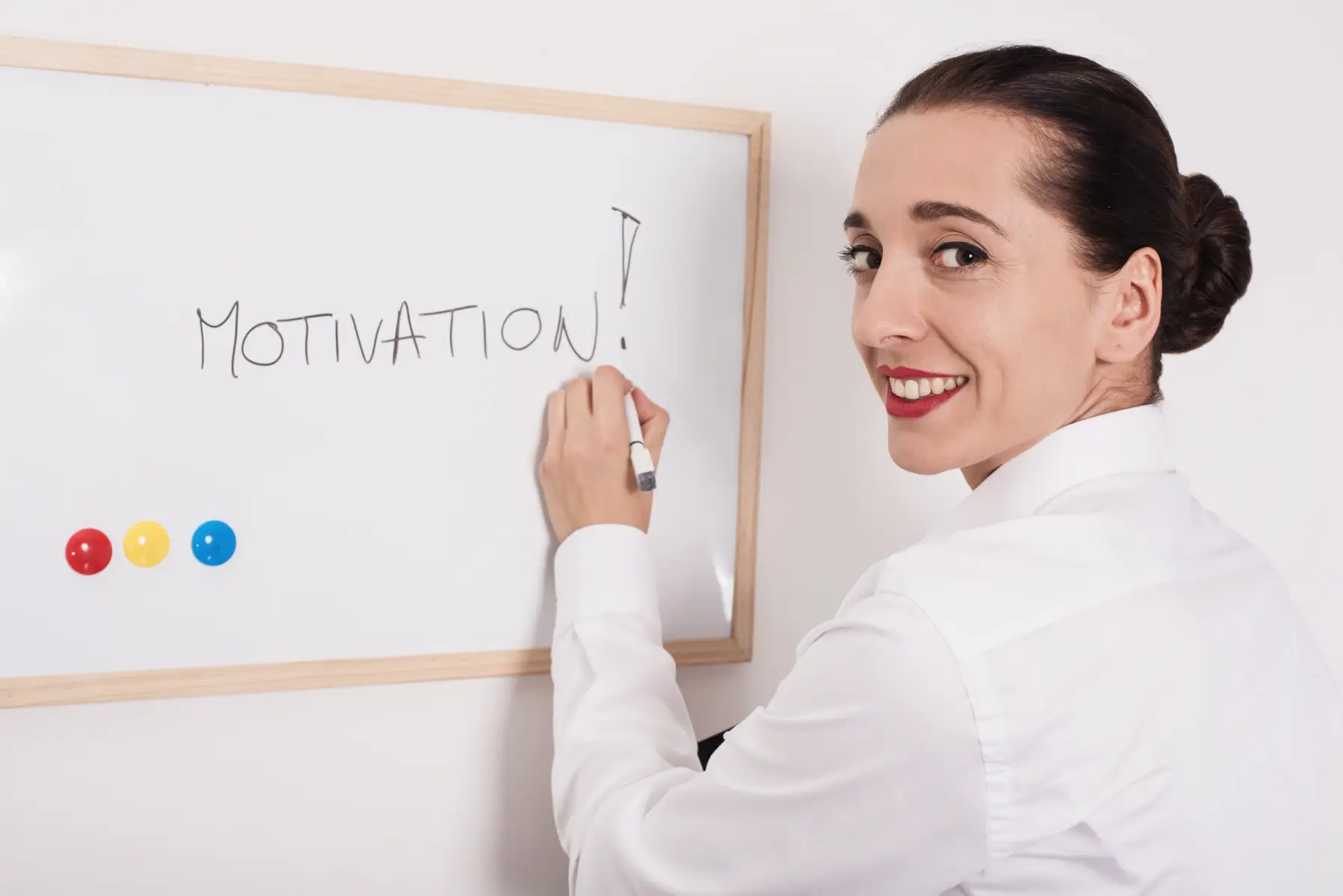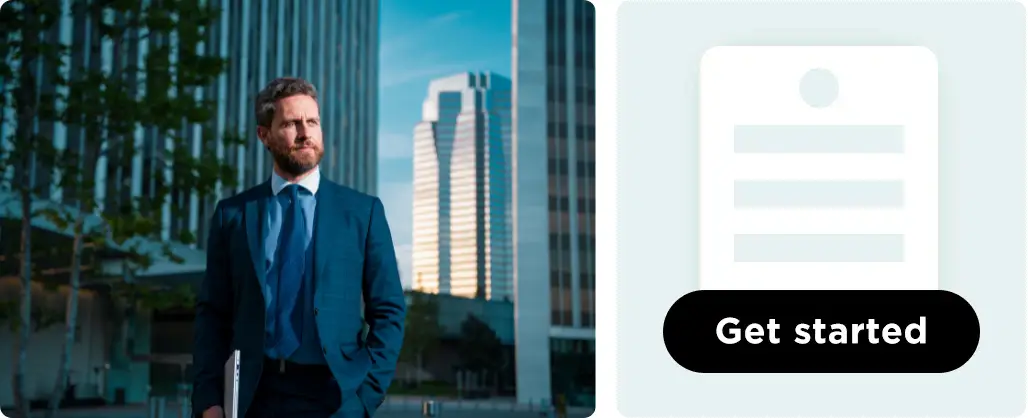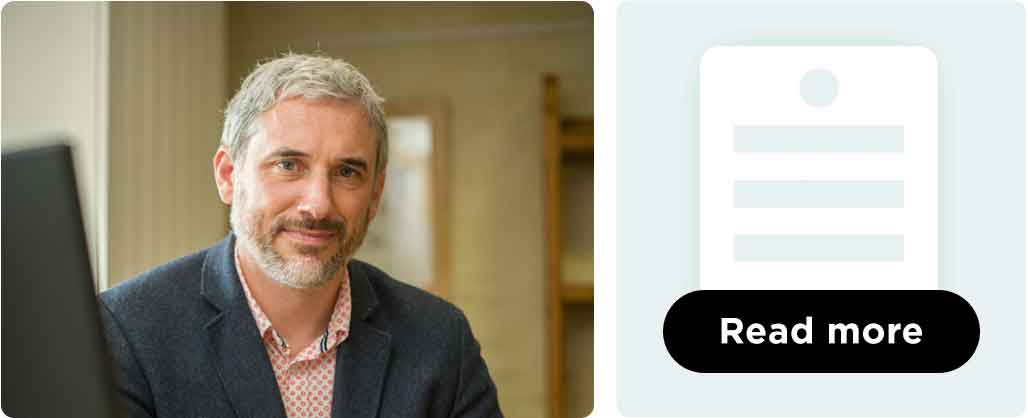Introduction: Mindfulness for the Time-Poor
Modern workplaces demand more from us than ever: longer email chains, relentless notifications, rapid-fire decisions in hybrid or remote settings. Amid this flurry, “just be mindful” can sound as realistic as taking a year-long sabbatical.
But what if you could unlock the transformative power of mindfulness—in only a few minutes per day? What if these scientifically backed micro-practices could measurably enhance your focus, calm your emotions, and improve your work-life balance, even in the busiest of schedules?
In this article, we’ll explore how brief, high-impact mindfulness techniques—grounded in neuroscience—can fit any workday, whether at the office, home, or on the move. You’ll come away with practical “micro-meditations” and a clear understanding of how small shifts in your attention can reshape your brain, boost your performance, and improve your emotional wellbeing.
What Is Mindfulness (and What Isn’t It)?
Before we dive in, let’s clarify:
Mindfulness is not about “emptying your mind.” It’s about intentionally paying attention to the present moment with openness and curiosity. You do not have to sit cross-legged on a mat to benefit.
Mindfulness is about awareness – noticing your thoughts, emotions, and surroundings with less judgement and more compassion.
Notable science:
- Mindfulness practice has been shown to increase grey matter density in brain regions linked to attention, emotion regulation, and perspective-taking (Lazar et al., 2005).
- Even brief practices, as short as a minute or two, can significantly reduce stress markers and improve focus (Zeidan et al., 2010).
The Science: Why Mindfulness Works for Busy Brains
Neuroplasticity – Your Brain is Changeable
- Neuroplasticity is your brain’s ability to rewire itself in response to experiences.
- Repeated attention to the present moment strengthens prefrontal cortex networks—key for focus and self-control—while calming amygdala circuits (responsible for fight-or-flight).
Mindfulness and the Hybrid Work Challenge
Today’s hybrid and remote work settings make us more vulnerable to distraction, anxiety, and emotional reactivity.
Research shows that even micro-doses of mindfulness can:
- Reduce stress (lowering cortisol)
- Improve cognitive flexibility
- Increase resilience and emotional regulation
Micro-Meditations: Mindfulness Techniques for Tight Schedules
What are Micro-Meditations?
Short, focused practices (30 seconds to 2 minutes) that can be done anywhere—at your desk, at the kettle, before a meeting.
-
The 1-Minute Breath Reset
- Sit comfortably or stand still.
- Inhale deeply through the nose for 4 seconds, pause, exhale slowly through the mouth for 6 seconds.
- Repeat for 1 minute, focusing just on your breath.
Science: Slow, conscious breathing shifts your body from stress (“sympathetic nervous system”) to rest (“parasympathetic nervous system”)—lowering blood pressure and cortisol.
-
Two-Minute Body Scan
- Close your eyes or soften your gaze.
- Starting at your feet, bring attention to the physical sensations—warmth, pressure, tingling.
- Move slowly upwards: legs, torso, arms, head.
- If your mind wanders, gently return to the next body part.
Why it works: The body scan grounds your attention, disconnecting from rumination or task overload, and can reduce physical tension.
-
Mindful Pause Before a Meeting
- Before opening Zoom or stepping into a boardroom, take a “Pause and Notice” break:
- Three slow breaths, noticing your posture.
- Name (silently) one emotion and one physical feeling.
- Ask, “What is needed of me for this next meeting?”
Result: Reduced performance anxiety, enhanced presence, and improved leadership effectiveness.
-
Gratitude Glimpses
Mindfulness isn’t only about calming nerves—it can also boost positivity.
- Once per day, pause to identify one specific thing you appreciate in the moment: a colleague’s email, your tea, the sun through the window.
- Savour this feeling for 15 seconds.
Science: Regular gratitude practice rewires the brain toward optimism, expanding your capacity to manage stress.
- Mindful Walking (Even in the Office)
- As you walk to the kitchen, printer, or car, shift your awareness to the sensation of your feet on the ground and the rhythm of your steps.
- Notice sounds, temperature, colours—but without judging or narrating.
Attentional Control: Outperform in the Hybrid Work World
The Challenge:
In a hybrid setting, task-switching and digital distraction are rampant.
Studies show knowledge workers are interrupted every 8 minutes, taking over 20 minutes to regain full focus.
Mindfulness Strategies for Attentional Control
-
“Single-Tasking” Practice
- Set a timer for 15-25 minutes (Pomodoro).
- Commit to a single activity—no notifications, no multitasking.
- If the mind wanders, gently return to the task.
-
Begin Meetings with a Check-In
- Spend one minute (timed) with cameras on or off, simply breathing together in silence.
- Reported benefits: Meeting satisfaction, team psychological safety, and improved collaborative focus.
-
Screen Breathers
- Every hour, move your gaze away from screens to an object 20+ feet away.
- While doing so, take three slow breaths.
Why: This not only refreshes eye muscles but signals your nervous system it’s safe to pause—reducing cumulative stress.
Emotional Regulation When Time Is Scarce
Mindful awareness stops the emotional spiral.
- Name it to Tame it:
When you notice irritation, anxiety, or overwhelm, say silently: “I am feeling anxious/frustrated now.” - Non-judgemental Curiosity:
Ask, “What is my mind telling me? Is this fact or a feeling?” - Compassion Pause:
Imagine how you’d speak to a friend feeling this way; offer yourself the same kindness, even if only for 10 seconds.
Case Example:
Sarah, a senior project manager, used mindful naming during high-stakes presentations. Instead of getting swept up in anxiety, she reminded herself, “I am noticing my hands shaking. That’s okay. I can still speak confidently.” Her self-reported anxiety fell by 50% after one month of daily micro-meditation.
Integrating Mindfulness into Your Schedule: No Extra Time Needed
Habit Stacking: Pair Mindfulness with Existing Routines
- After making coffee, do a 30-second breathing scan.
- Before your first email, take three slow breaths.
- Whenever you switch workspaces or apps, use that transition as a mindful pause.
Calendar Prompts & Digital Nudges
- Set regular reminders to pause.
- Use apps like Headspace, Calm, or Insight Timer—many offer “on-the-go” sessions under 3 minutes.
Mindful Workspaces
- Bring a mindful object (photo, small plant) or quote to your workspace as a cue to ground yourself.
- If hybrid, tailor personal rituals for both home and office.
Workplace Benefits: Why Mindfulness Is a Cornerstone of Professional Success
Evidence-based outcomes:
- Reduced absenteeism and presenteeism
- Higher job satisfaction and team cohesion
- Lower rates of burnout and emotional exhaustion
UK companies such as HSBC, Transport for London, and the NHS have seen measurable gains from incorporating brief, accessible mindfulness interventions into daily routines.
Common Pitfalls (and How to Overcome Them)
- “I forgot to practice.”
Attach micro-mindfulness to anchor points (kettle, login, walking). - “I’m too stressed to pause.”
That’s exactly when to pause—the more frazzled, the bigger the benefit. - “Mindfulness is too ‘soft’ for my job.”
Decades of science prove otherwise; Major institutions (including the NHS and leading law firms) have embedded mindfulness with excellent results.
Advanced: The Neuroplasticity Payoff
The more you use brief mindfulness, the bigger the reward.
- Daily repetition strengthens neural pathways for focus and calm, building durable resilience.
- Over time, even micro-meditations can shift your stress “baseline” and reaction to future workplace challenges.
Further Resources
Conclusion: Small Changes, Life-Changing Results
Mindfulness doesn’t require massive time investment or a lifestyle overhaul. With just a minute here, two minutes there, professionals can tap into powerful, science-backed techniques that fuel focus, steadiness, and emotional health—even in the busiest working lives.
Start today:
- Try one micro-practice per day for a week.
- Stack it with a habit you already have.
- Celebrate the moments you remember, and let go of the rest.
Every minute of mindfulness is a minute reclaimed for you—your brain, your wellbeing, your success.










